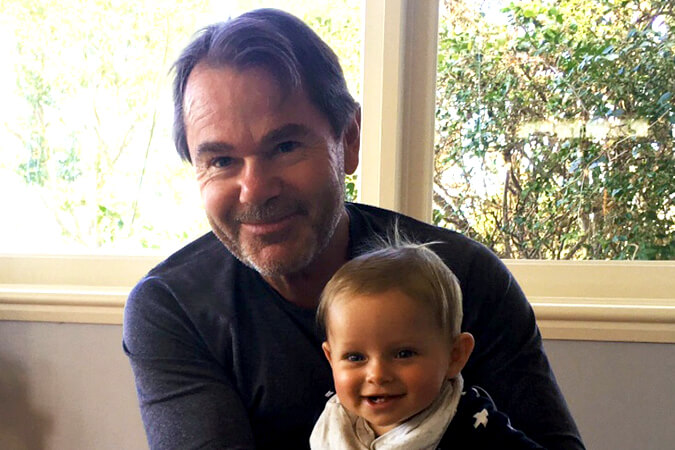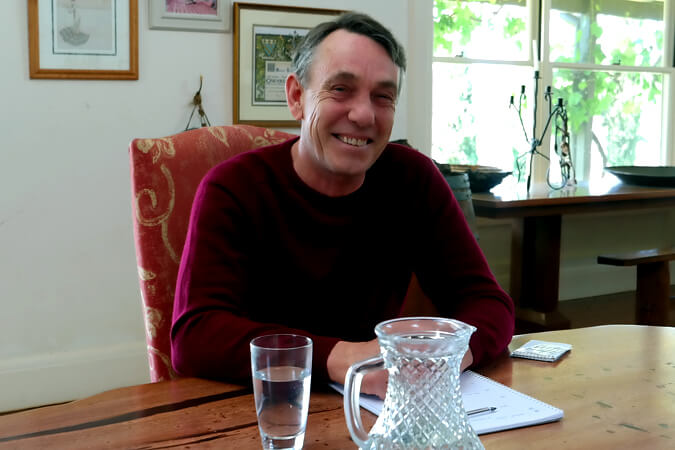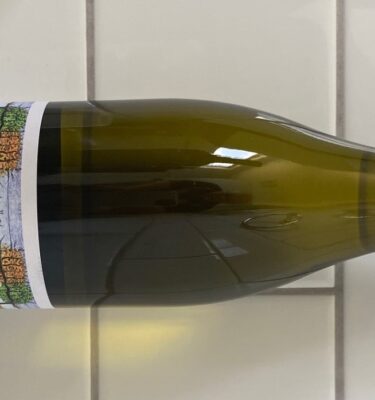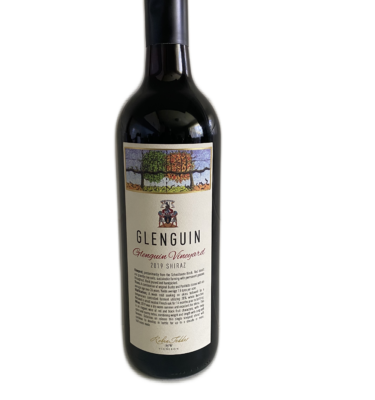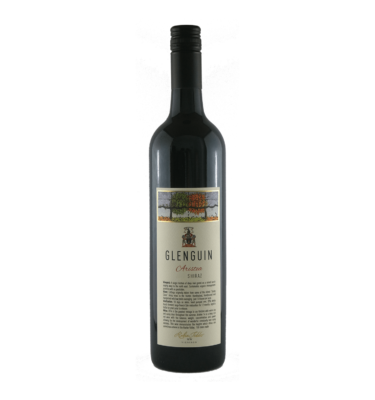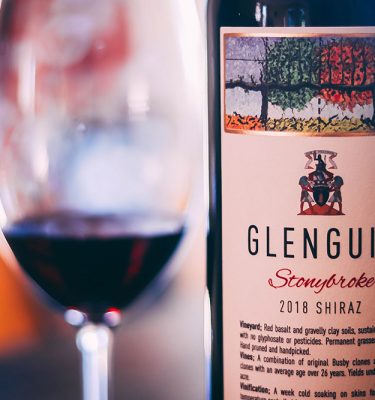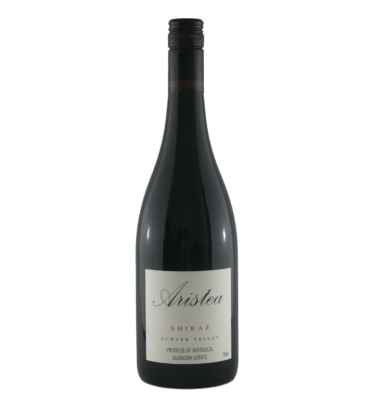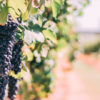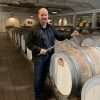Glenguin Vineyard was first planted in the 1980s and an average vine age now over 25 years with each wine coming from a small individual block on the property. Organic and biodynamic farming principles are followed at Glenguin where things are still done by hand from planting through vine training to pruning and handpicking at vintage.
The shiraz and semillon vines at Glenguin are directly descended from James Busby’s original planting at Kirkton in the 1820s. They are planted on their own roots on a unique combination of a raised gravel bench for shiraz with sandy loam over red basalt for Semillon.
The name Glenguin comes from the original Scots Gaelic name of the Highland distillery now called “Glengoyne” (since 1909). Robin Tedder, Australia’s 7th Master of Wine, is the third Baron of Glenguin and grandson of Arthur Tedder the First Baron Marshal of the RAF and Deputy Supreme Commander of the Allied Forces in WW2. Arthur was born on the distillery property in 1890 and the Tedder family continues the association with great drinks through the vineyards at Glenguin in Australia’s oldest wine region, the Hunter Valley.
Glenguin wines have won major Trophies including NSW and Boutique Wine Show Trophies for best white wine plus both Best Red and NSW Wine of the Year at the NSW Wine Awards for shiraz. Production is extremely limited with just a few hundred cases of each of our wines.
The Vineyard
There are three individual vineyard blocks at Glenguin which make up just one tenth of the land.
The semillon block is just 1.4 hectares of sandy loam over red basalt, perfect for the Hunter’s classic white.
On the hillside at just 1.8 hectares in size the Schoolhouse block is a unique occurrence of deep gravel on a raised ancient river bench where the shiraz vines’ roots penetrate deeply into the free draining soils.
The tiny Aristea block of just a single hectare is higher on the mid-slope facing towards the north east at Glenguin. The shiraz vines grown here always seem to be in perfect balance with a canopy that stays alive until late autumn. With ideal structure the clay and loam soils include river gravel and larger iron stones to a depth of over one metre.


